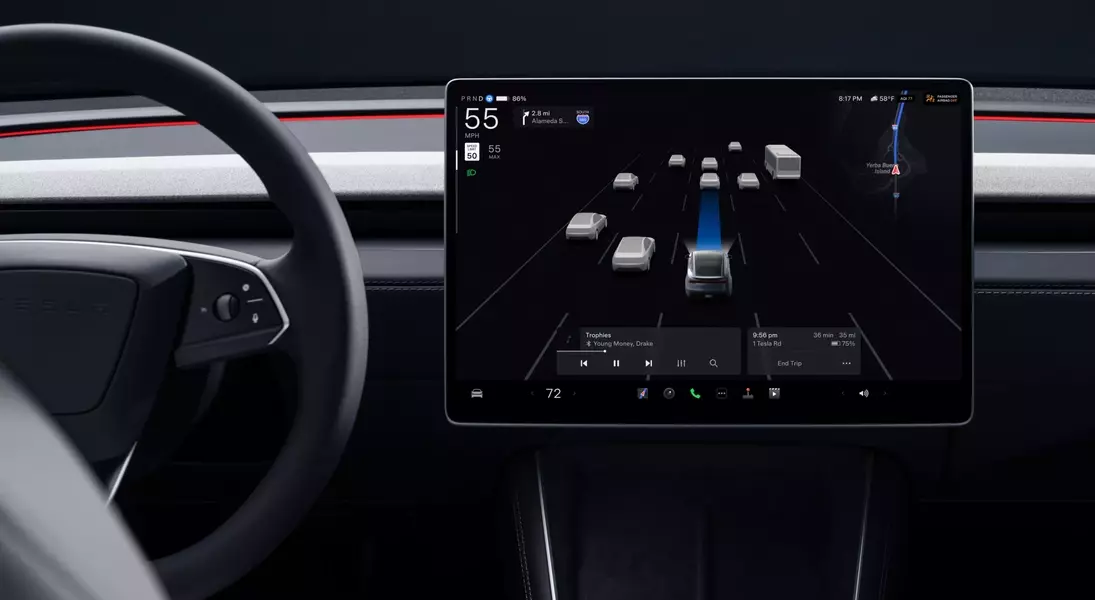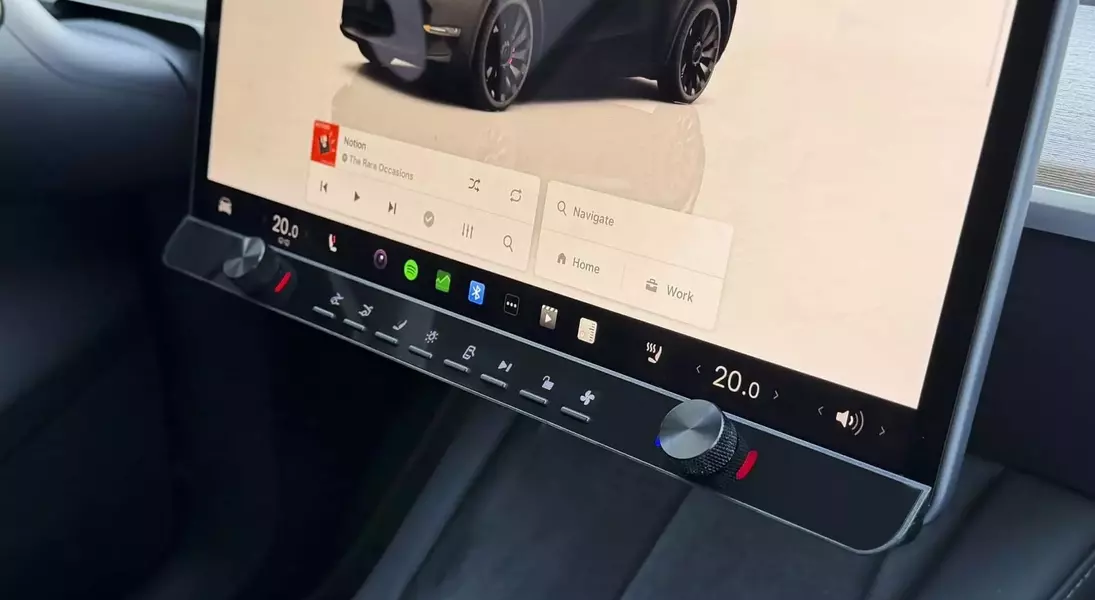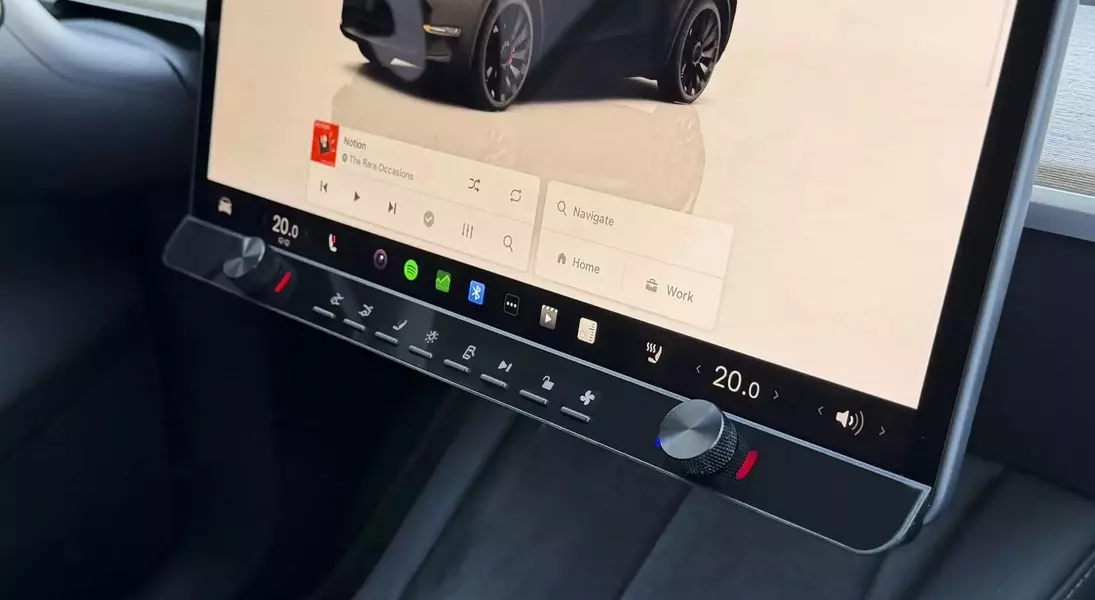






Tesla has long championed minimalist car interiors, prioritizing a large touchscreen over traditional physical controls. While this design appeals to many tech-savvy drivers, it often leaves others longing for the tangible feedback of conventional buttons. Recognizing this, Tesla itself has begun reintroducing some physical controls, like signal stalks, indicating a growing acknowledgment of the user demand for a more balanced interface.
Responding to this need, a Norwegian startup has developed a novel button bar specifically designed for the Model Y and Model 3. This innovative accessory aims to bridge the gap between digital and physical interaction, significantly enhancing the usability of these electric vehicles. The 'Ctrl-Bar 2,' an evolution of their initial offering, boasts an increased number of buttons, improved responsiveness, and vibrant color displays. It integrates smoothly into the console beneath the existing touchscreen, its premium appearance complementing the vehicle's interior. With eight customizable buttons and two aluminum rotary knobs, drivers can effortlessly manage over 30 critical vehicle functions, including climate control, media playback, and even specific driving modes. Advanced features like fan speed and regenerative braking can be accessed with an optional add-on that connects to the car's OBD port, while the 'Ctrl-Center' app facilitates easy configuration of settings.
The importance of this tactile solution extends beyond personal preference; it touches upon vital safety considerations. Regulatory bodies are increasingly scrutinizing in-car interfaces, with forthcoming regulations poised to penalize automakers whose designs prove to be overly distracting. This growing emphasis on user-friendly controls may prompt a return to a more equitable blend of touchscreens and physical buttons across the automotive industry. In this evolving landscape, third-party innovators like Greenmission play a crucial role by providing immediate solutions that address current design shortcomings. Their button bar for Tesla models offers a practical way to mitigate one of the key challenges for new Tesla owners, making the transition to electric vehicles smoother and safer. The funding campaign for this platform is currently underway, with initial deliveries anticipated in early to mid-2026, offering an exciting prospect for Tesla enthusiasts.
In an era where technology constantly reshapes our interaction with the world, the debate between digital and physical interfaces in automotive design highlights a fundamental human need for intuitive and safe control. The development of solutions like this button bar underscores the power of innovation driven by user feedback, demonstrating a positive step towards creating vehicles that not only embrace cutting-edge technology but also prioritize the driver's comfort, convenience, and most importantly, safety. It's a testament to the idea that thoughtful design, integrating both modern and traditional elements, can lead to a more harmonious and enriching driving experience for everyone.
